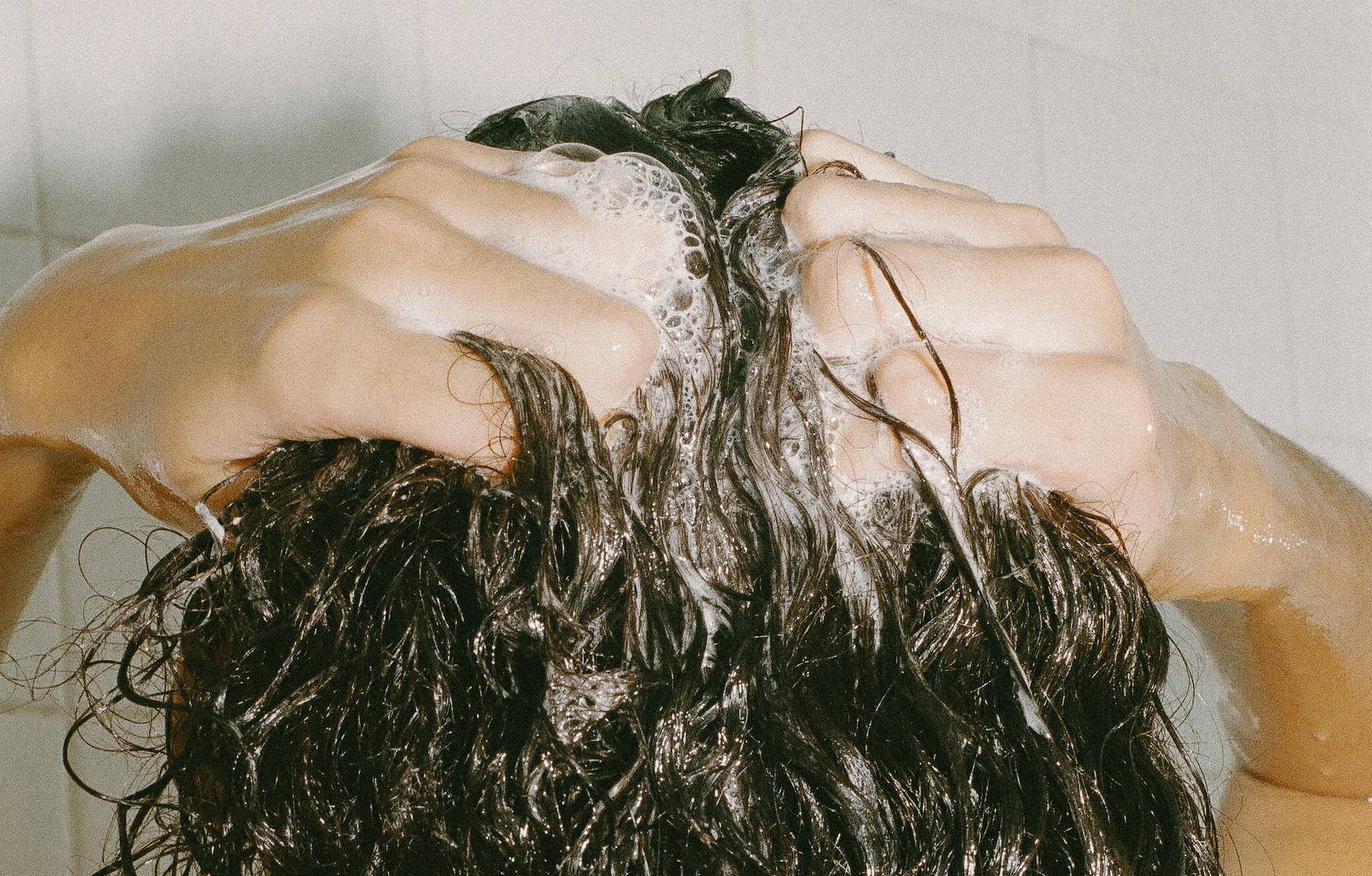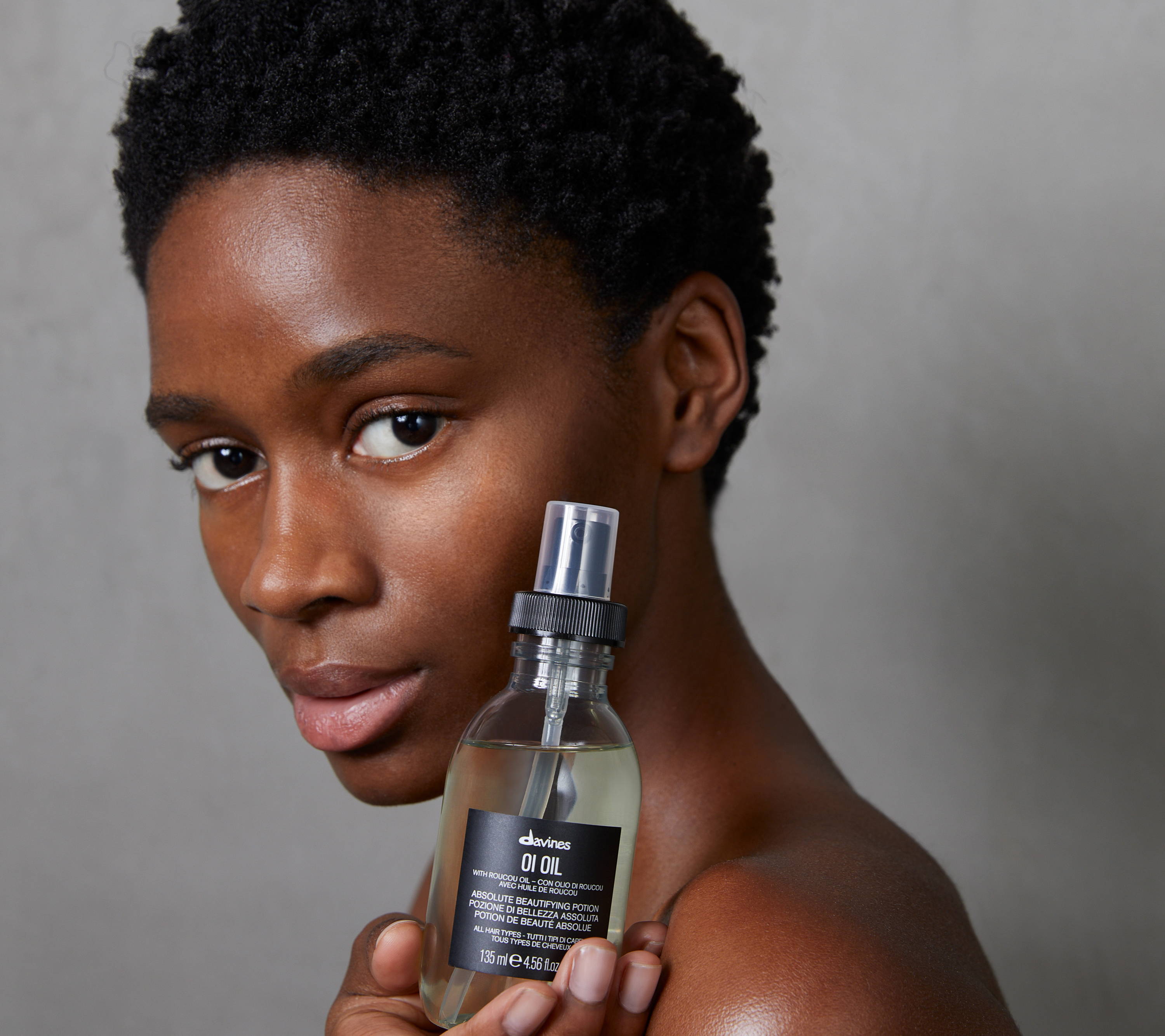So what is high porosity hair? Hair porosity falls into three categories: high, medium and low. Low porosity means it’s difficult for moisture to penetrate and also difficult for moisture to escape. Low porosity hair can also be resistant to coloring. Medium porosity can accept moisture and release moisture easily. The hair cuticles are not tightly woven together and in general absorb products and moisture well, making it easier to care for. High porosity hair, unlike low porosity hair, has a compromised hair cuticle that allows moisture to easily pass through. Because of this inability to retain moisture, the result is frizz, dryness, and a lack of shine. High porosity is usually caused by hair damage due to excessive heat, chemical treatments or over-styling. Genetics can also play a factor, in fact people with hair type 3C curly and 3B curly, are especially prone to highly-porous hair strands.














1 Comment
1 Response
Elina Tsinavou
November 29, 2023
Hello, i am currently using tha Oi shampoo, conditioner and mask, i was thinking of purchasing tha Love smoothing shampoo and conditioner,is it ok fir frizzy and medium fine hair? Is it more heavy shampoo than the Oi series?I have to tell you that i love your products and i am happy to use them
Leave a comment
Comments will be approved before showing up.